
How to Choose and Use Battery Operated Lights?
Share
Table of Contents
- What Are the Advantages and Disadvantages of Battery Operated Lights?
- How to Choose the Right Battery Operated Light?
- How to Properly Use Battery Operated Lights?
- Where Can Battery Operated Lights Be Used Effectively?
What Are the Advantages and Disadvantages of Battery Operated Lights?
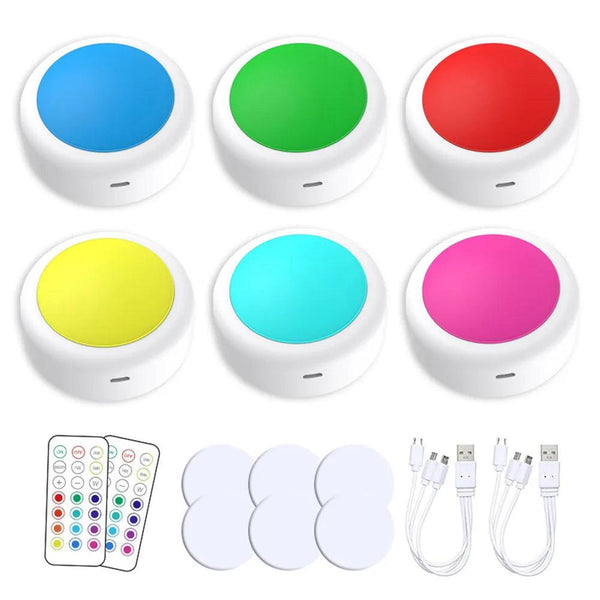
Battery operated lights provide significant benefits in versatility and convenience, making them a popular choice for many consumers.
Advantages:
- Portability: The inherent flexibility of battery operated lights allows users to install them in locations without electrical outlets. This portability is invaluable for outdoor events, temporary setups, or in homes with limited access to power sources.
- Ease of Installation: Most battery operated lights are designed for simple installation. Many come with adhesive backings or can be mounted without tools, making them ideal for renters or those who prefer DIY solutions.
- Variety of Styles: These lights are available in numerous designs, from elegant wall sconces to whimsical string lights, catering to various aesthetic preferences and functional needs.
Disadvantages:
- Battery Life Limitations: While many modern battery operated lights use efficient LED technology, the longevity of their batteries can still be a concern. Depending on usage, some lights may only provide a few hours of illumination, especially on high settings.
- Lower Brightness Levels: Battery operated lights may not match the brightness of wired fixtures. While a standard LED bulb can provide 800 to 1600 lumens, many battery-operated alternatives range from 100 to 600 lumens, which may be insufficient for larger spaces or detailed tasks.
- Environmental Considerations: The need for battery replacements can raise environmental concerns, particularly if disposable batteries are used. Many consumers are now opting for rechargeable options, but proper disposal of used batteries remains crucial.
| Aspect | Battery Operated Lights | Wired Lights |
|---|---|---|
| Portability | High | Low |
| Installation | Easy | Requires expertise |
| Brightness | Varies (often lower) | Typically higher |
| Maintenance | Battery replacement needed | Long-term durability |
How to Choose the Right Battery Operated Light?
Choosing the right battery operated light involves understanding both your needs and the product features available on the market. Here’s a breakdown:
- Brightness: Look for lights with a lumen output that meets your specific requirements. For general ambient lighting, aim for 200-400 lumens. For task lighting, such as reading or detailed work, opt for at least 800 lumens. Comparing products helps identify the best fit.
- Battery Type: The choice of battery can impact both performance and cost. Rechargeable lithium-ion batteries generally offer better longevity and can save money over time compared to disposable alkaline batteries. They also generate less waste, aligning with eco-friendly practices. A study from the Battery University indicates that rechargeable batteries can be recharged up to 1,000 times, making them a more sustainable choice.
- Run Time: Review the manufacturer’s specifications for expected battery life. Some advanced LED lights offer features like energy-saving modes that can extend battery life significantly. For instance, certain models may provide 50 hours of use on a single charge when used on low settings.
- Design and Features: Consider what features will be most beneficial for your use case. Some lights come equipped with timers, remote controls, or motion sensors. For example, motion sensor lights can activate automatically, providing convenience and potentially saving battery life—studies suggest they can extend battery longevity by up to 30%.
- Usage Environment: Evaluate whether the lights will be used indoors or outdoors. Look for products with appropriate ratings—outdoor lights should have an Ingress Protection (IP) rating of at least IP65 to ensure they can withstand the elements without damage.
Further Reading:
- How to Choose Battery Operated Light Bulbs?
- How to Choose Battery Operated Picture Lights for Your Home
How to Properly Use Battery Operated Lights?
Proper usage of battery operated lights not only enhances their performance but also extends their lifespan. Here are essential tips:
- Installation: Follow the manufacturer's guidelines carefully. Ensure the lights are mounted securely to avoid falls or damage. If using adhesive pads, clean the surface thoroughly for optimal adhesion.
- Regular Maintenance: Inspect your lights regularly for any signs of wear or battery depletion. Replace batteries as needed and consider establishing a routine check, especially before seasonal uses, like holidays or outdoor gatherings.
- Safety Precautions: Avoid placing lights in areas prone to moisture unless specifically designed for such conditions. For instance, using indoor-only lights outdoors can lead to damage and safety hazards.
- Battery Life Optimization: Turn off lights when they’re not in use, and utilize any built-in timers or automatic shut-off features. Additionally, avoid exposing batteries to extreme temperatures, which can reduce their lifespan. According to research from the U.S. Department of Energy, maintaining batteries at room temperature can enhance their performance.
Where Can Battery Operated Lights Be Used Effectively?
Wireless Touch Dimmable LED Puck Lights with 1000mAh Battery
Battery operated lights shine in a variety of settings, making them a versatile choice. Here are some effective applications:
- Outdoor Lighting: Perfect for patios, pathways, and garden areas, these lights can create inviting atmospheres for outdoor entertaining. Weather-resistant options ensure durability in various climates.
- Holiday Decorations: From string lights draped over trees to illuminated wreaths, battery operated lights make decorating easy without the hassle of finding outlets. They can be used for both indoor and outdoor displays, enhancing the festive spirit.
- Art Lighting: Use battery operated picture lights to illuminate artwork without the need for complex electrical installations. These lights can highlight art pieces effectively, creating a gallery-like ambiance in your home.
- Closet and Cabinet Lighting: These lights are ideal for illuminating dark spaces, making it easier to find items in closets or cabinets. Motion sensor options are particularly useful, activating automatically when you open the door.
Conclusion
Battery operated lights offer a practical and flexible lighting solution that can enhance any environment. By understanding their advantages and disadvantages, knowing how to select the right type, using them correctly, and recognizing their diverse applications, you can maximize their benefits. Always consider your specific needs and choose products that best meet those requirements to achieve optimal results.
Further Reading:

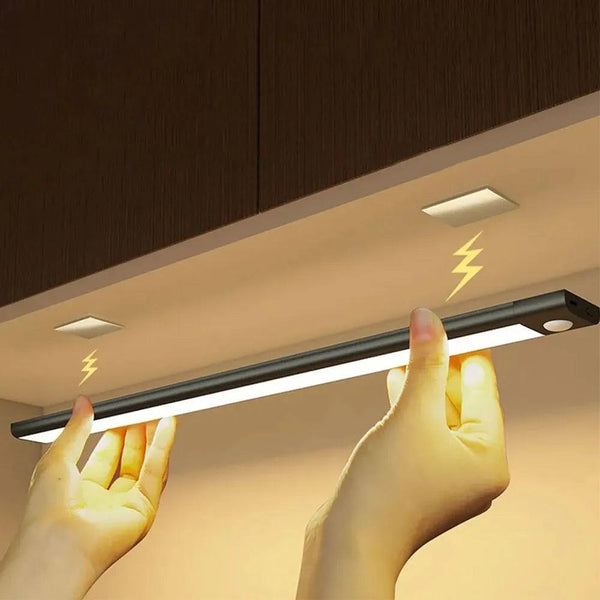
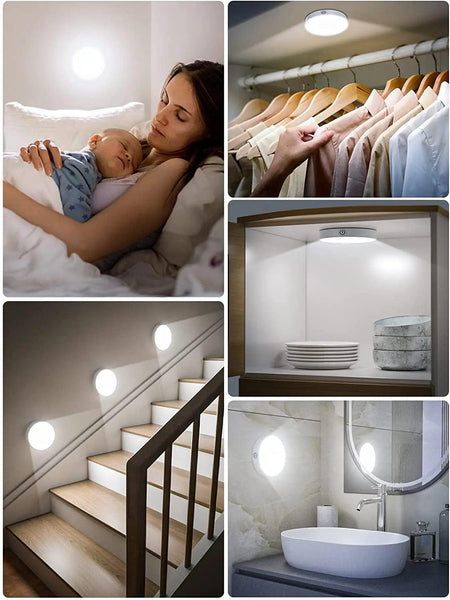

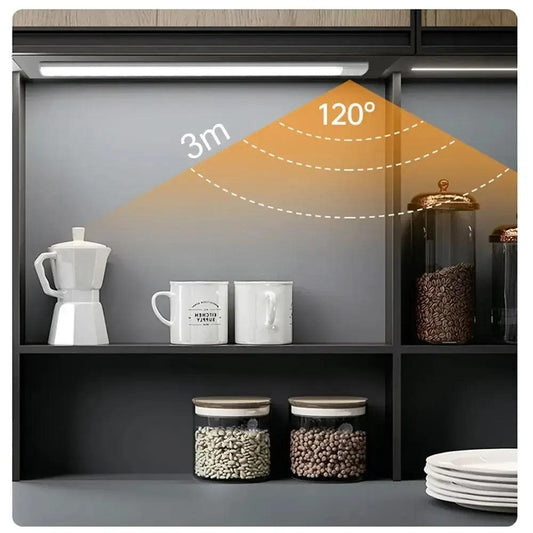

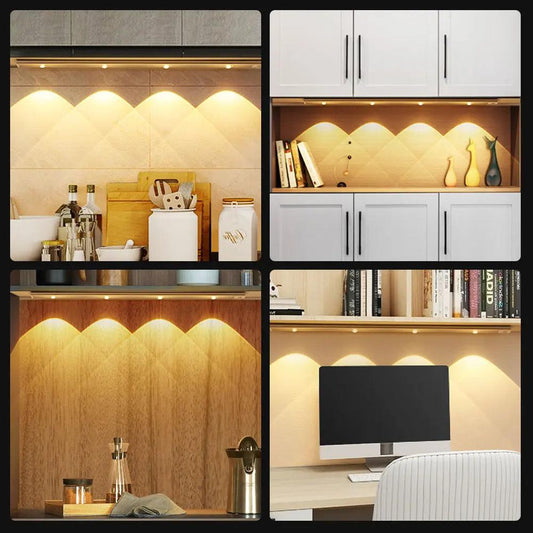

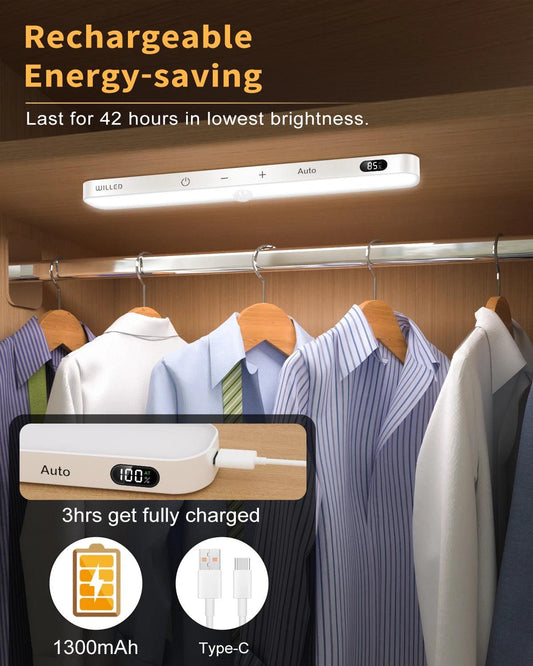





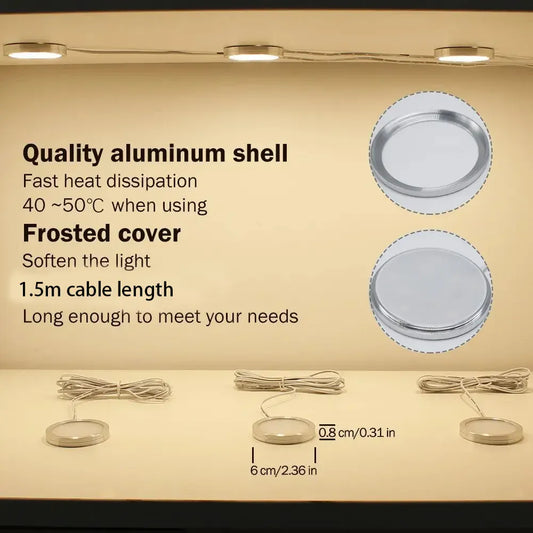



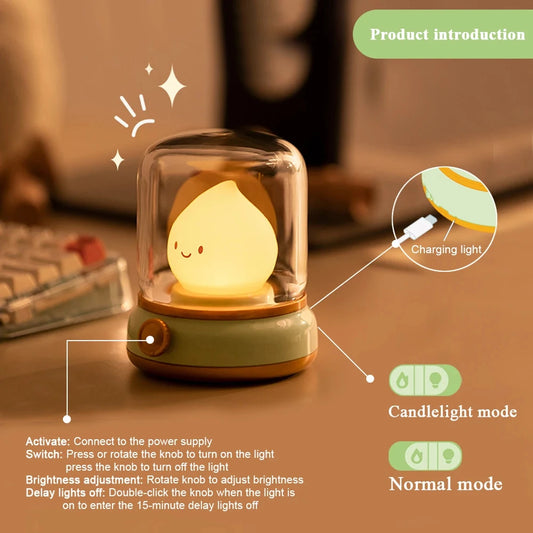

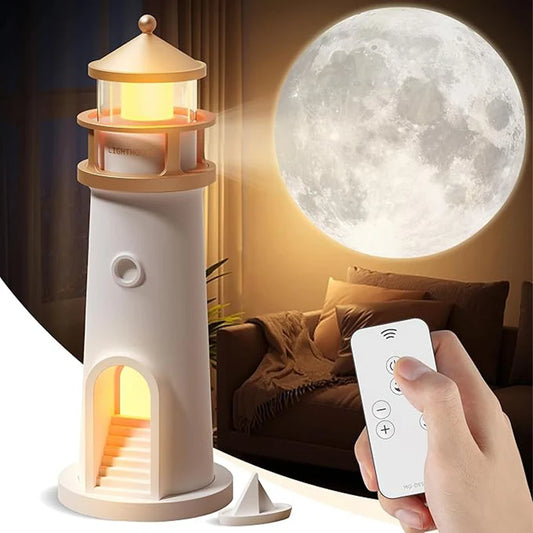



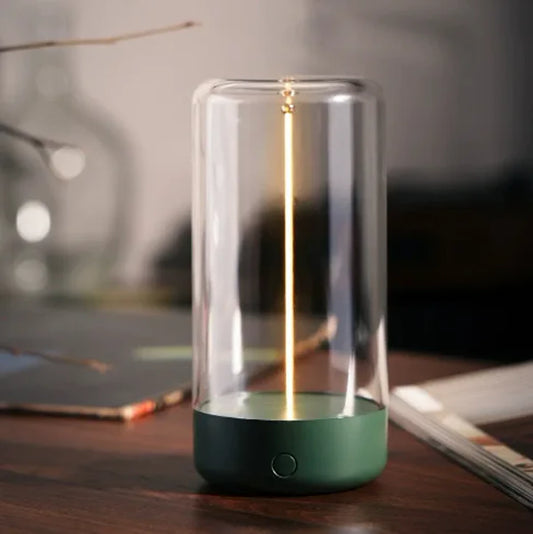

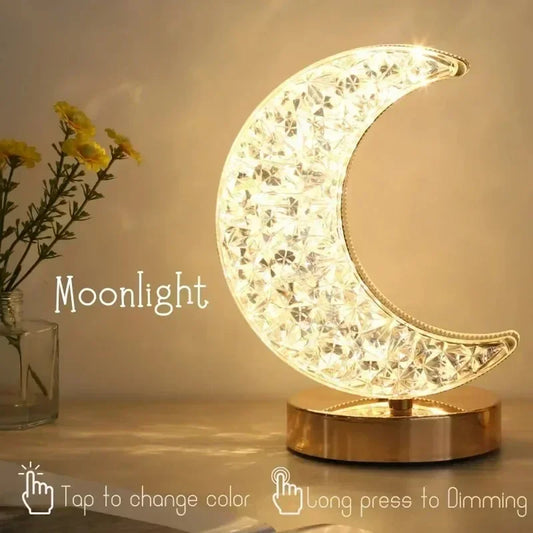



 />
/>
 />
/>
 />
/>
 />
/>
 />
/>